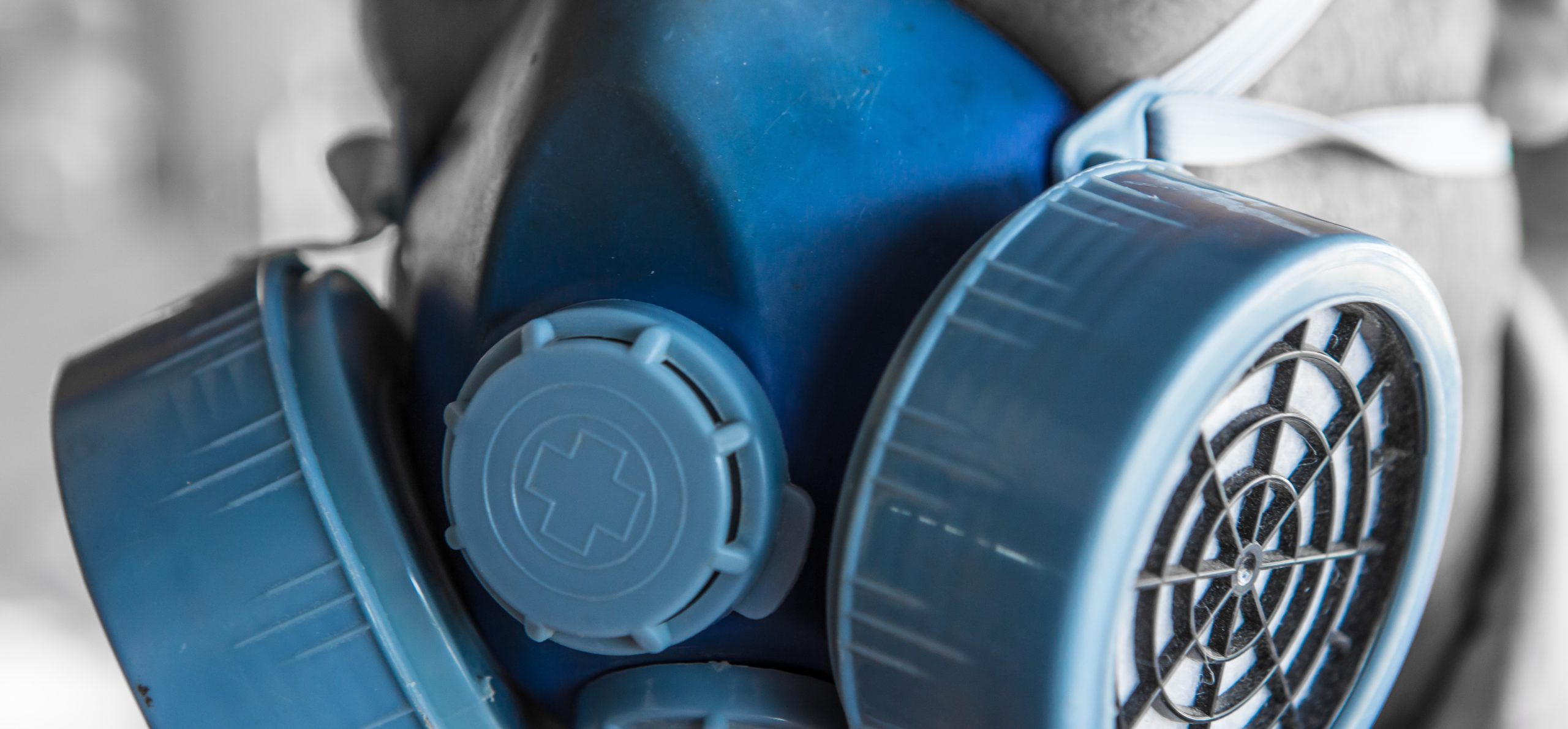SWA Workplace Exposure Standards for Airborne Contaminants Guideline: Update
On 1st October Safe Work Australia published an update to its Workplace Exposure Standards for Airborne Contaminants guideline (https://www.safeworkaustralia.gov.au/doc/workplace-exposure-standards-airborne-contaminants-2022).
Key changes include halving the TWA for respirable coal dust (containing <5% quartz) from 3 mg/m3 to 1.5 mg/m3.
This reduction is reflective of other recent changes to the Occupational Exposure Standards for airborne contaminants that resulted in significant reductions to the exposure standards such as silica (adjusted in 2019) and lead (adjusted in 2018).
Whilst each state/territory has their own specific nuances on the legislative requirements, the model WHS Regulations (Clause 50) generally aligns with each state and territories requirements:
‘A person conducting a business or undertaking at a workplace must ensure that air monitoring is carried out to determine the airborne concentration of a substance or mixture at the workplace to which an exposure standard applies if:
- the person is not certain on reasonable grounds whether or not the airborne concentration of the substance or mixture at the workplace exceeds the relevant exposure standard; or
- monitoring is necessary to determine whether there is a risk to health’.
Many industries are potentially exposed to a range of airborne contaminants based on the tasks undertaken and materials worked with. Occupational hygiene monitoring provides PCBU’s with the data they require to ensure they are meeting the above duties under the WHS/OHS Regulations in each state/territory and to ensure workers are protected if there is any risk from airborne contaminants.
To understand how you can better meet your obligations for airborne contaminants and your occupational hygiene requirements call us on 1300 00 WORK (9675).

